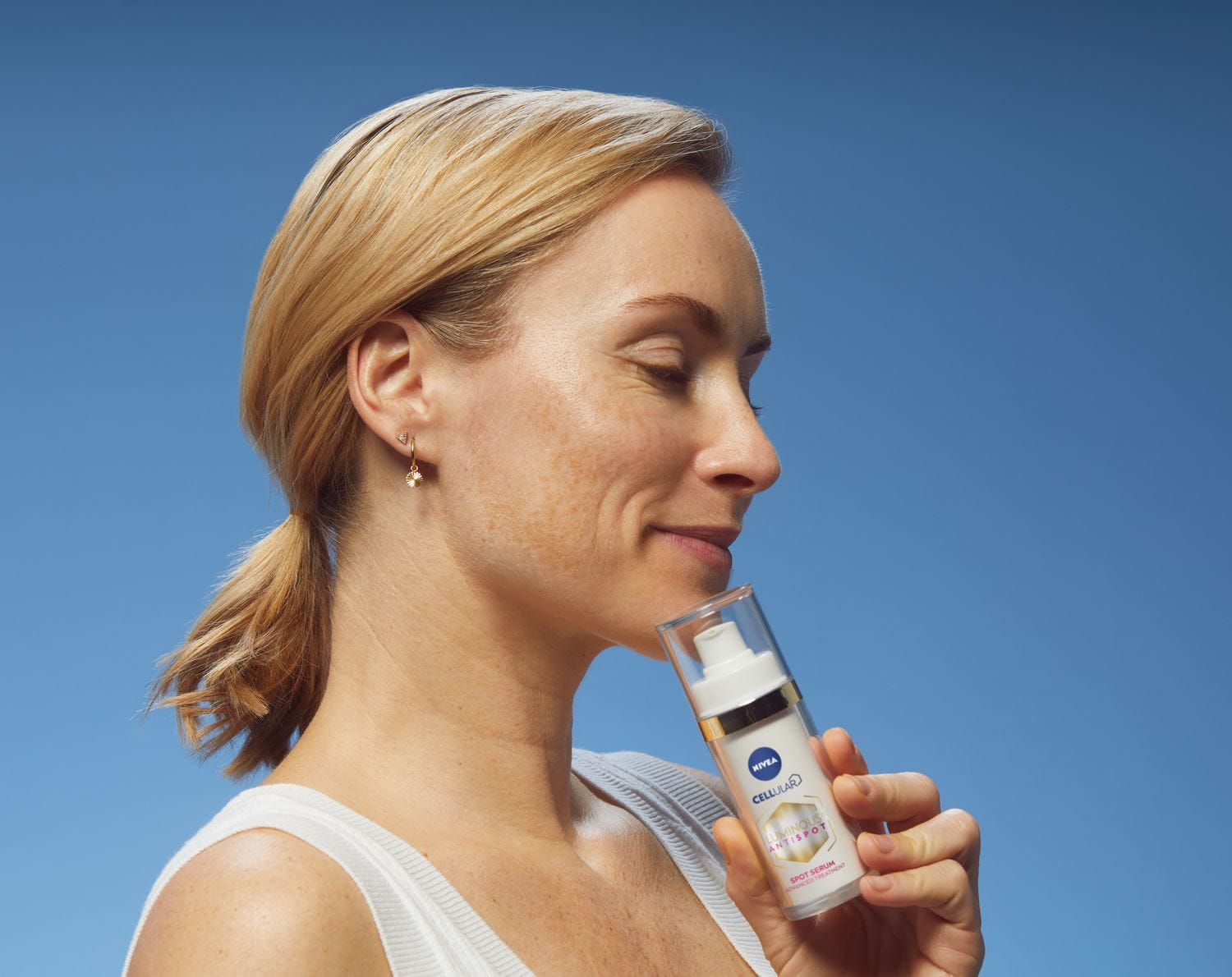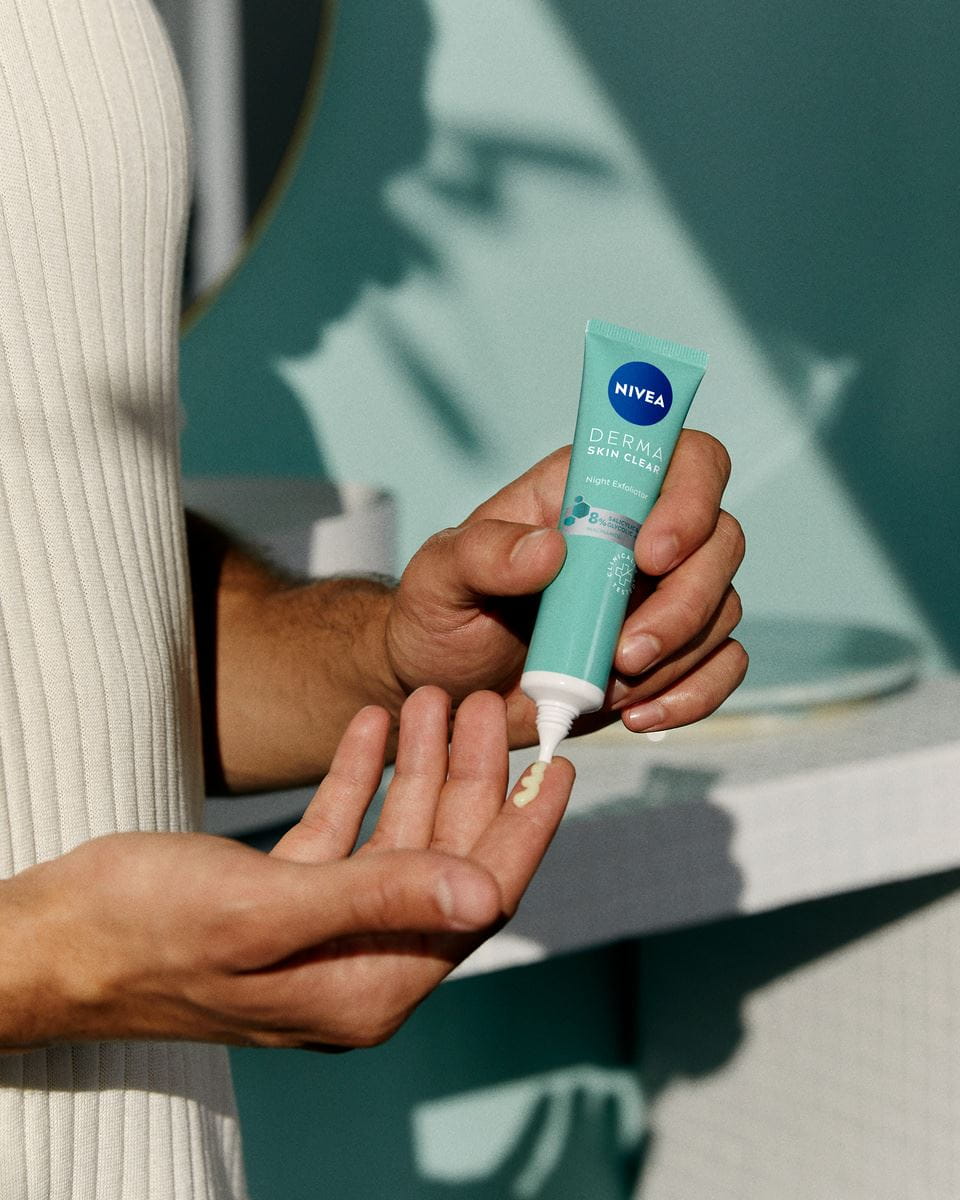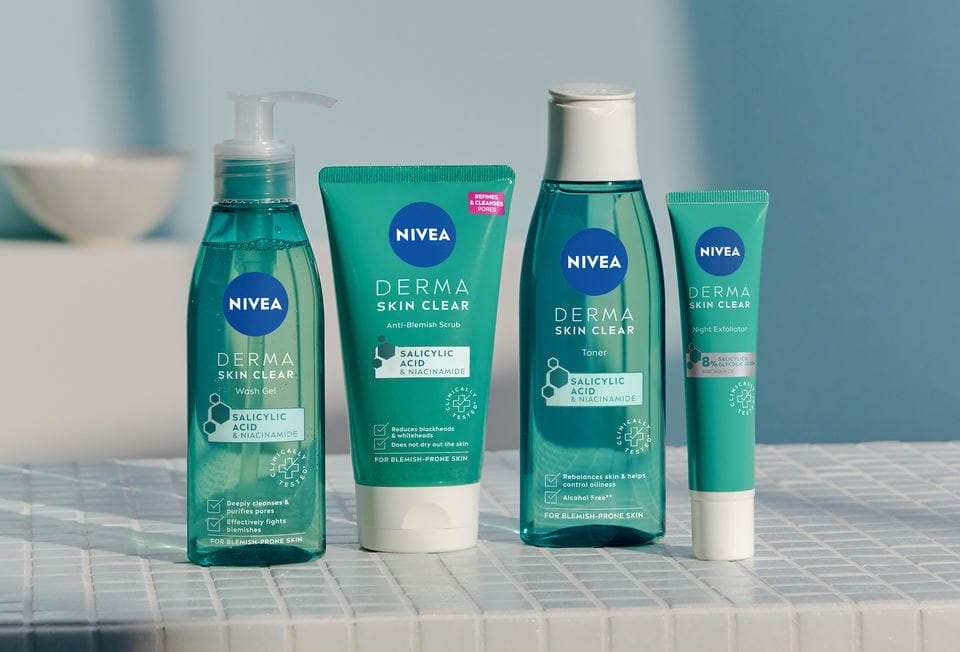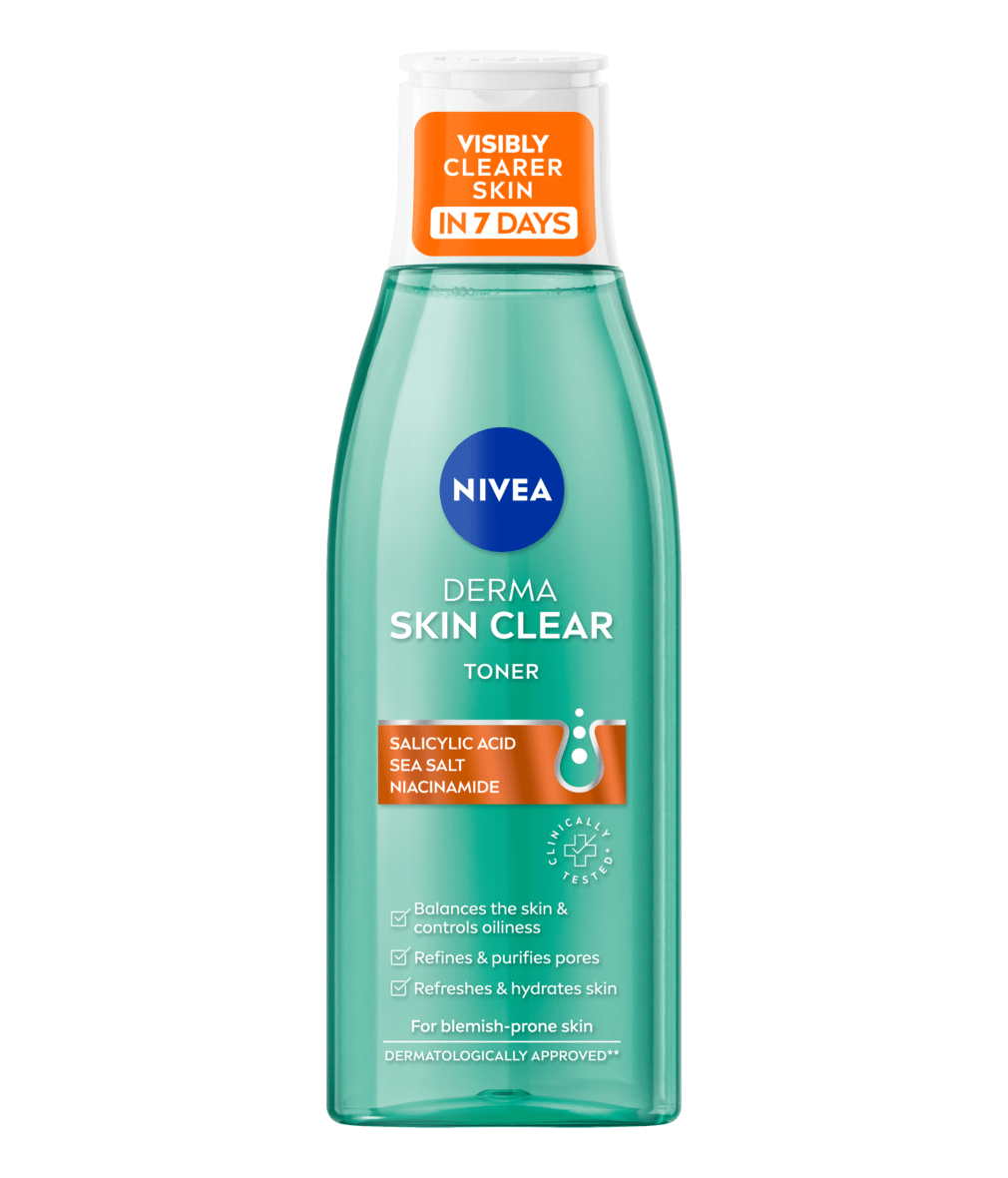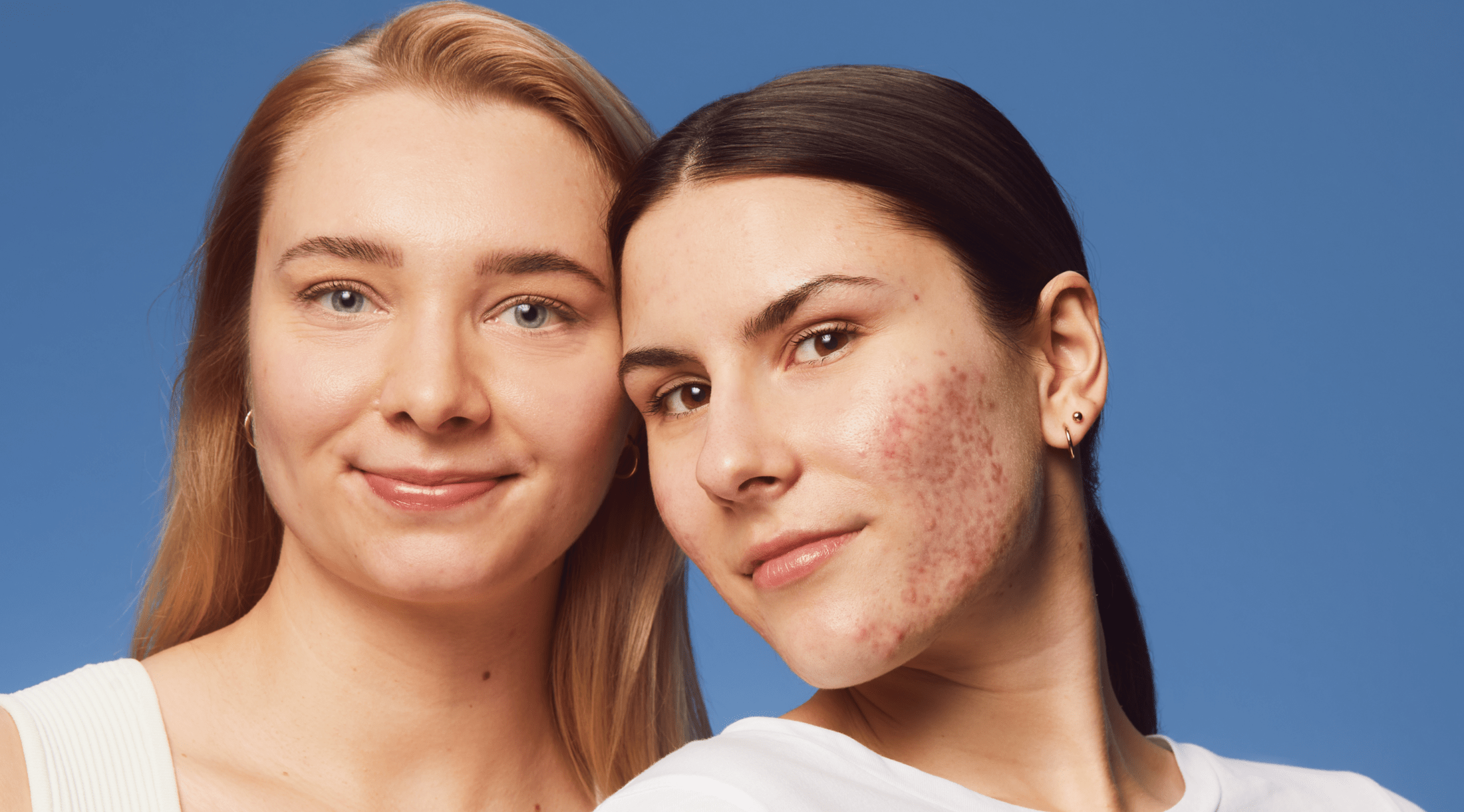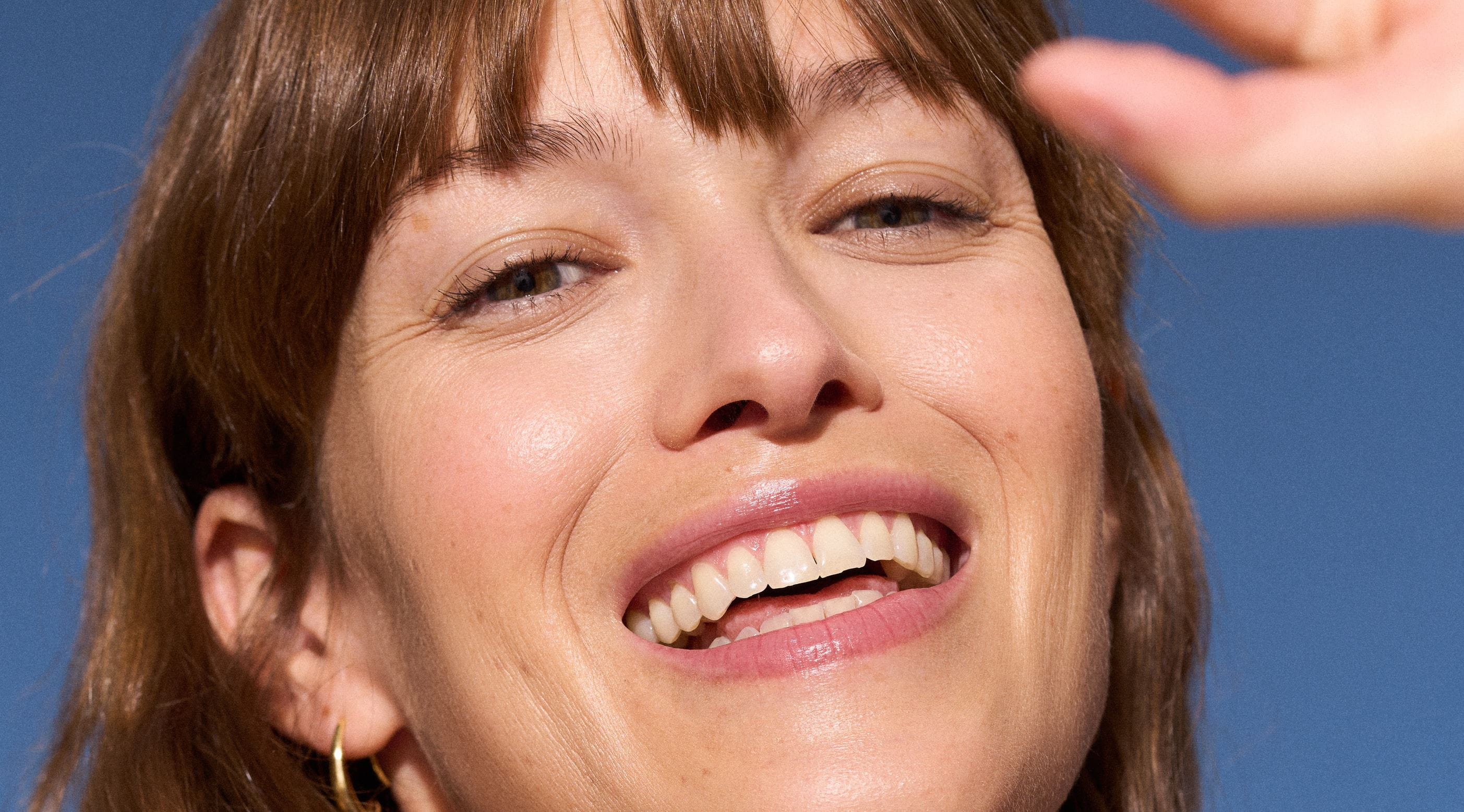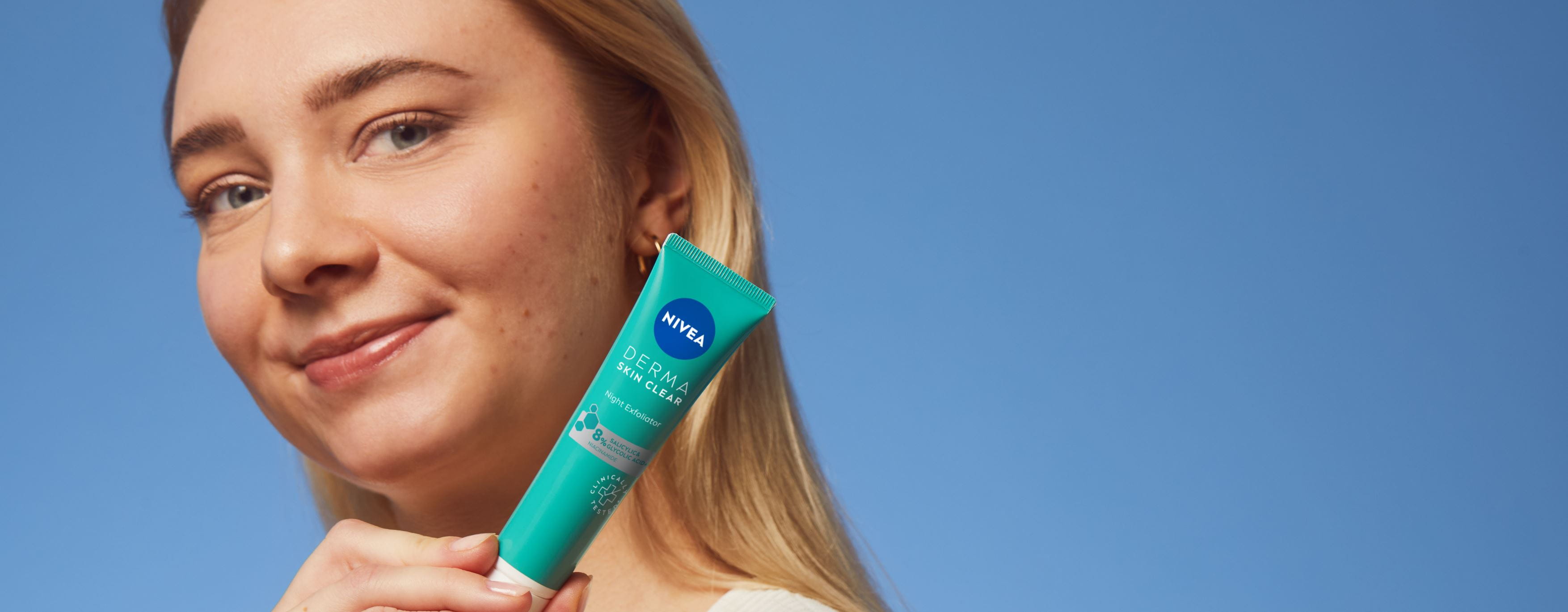
How To Get Rid of Skin Blemishes?
Find out the 3 main different types of blemishes and how to prevent them from forming with a simple skincare routine.
What Are Skin Blemishes?
As the name suggests, blemish-prone skin is prone to developing pimples, blackheads, whiteheads, or other types of blemishes. They are caused by a combination of factors, including excess oil production, clogged pores, bacteria, and inflammation. Hormonal changes, stress, and certain medications can also contribute to the development of blemish-prone skin.
People often find they experience pimple breakouts across their faces. However, some people experience spot breakouts across their back or even their chests. In these cases, it’s a good idea to seek medical advice as you may have moderate to severe acne.
People often find they experience pimple breakouts across their faces. However, some people experience spot breakouts across their back or even their chests. In these cases, it’s a good idea to seek medical advice as you may have moderate to severe acne.
Different Types of Blemishes:
Generally, blemishes refer to 3 main types of breakouts: pimples, whiteheads or blackheads.
5 Main Causes of Blemishes
4 Tips for Reducing Skin Blemishes
Can You Reduce Marks That Form on Blemish Prone Skin?
Facts Overview
Blemish-Prone Skin
Skincare Routine for Blemish-Prone Skin
Can Different Skin Types be Blemish-Prone?
Yes, different skin types can be blemish-prone. Oily skin often develops blemishes due to excess sebum, while dry skin can break out if irritated or compromised. Combination skin may see blemishes in oily areas, and even normal skin can occasionally develop blemishes due to factors such as hormonal fluctuation and stress.
Discover NIVEA Derma Skin Clear - Formulated for Blemish-Prone Skin
Summary
Taking care of blemish-prone skin requires understanding your skin type and choosing the right products and routines. Proper facial cleansing, managing skin blemishes, and tailoring your skincare routine to your specific needs—whether oily, dry, or sensitive. Using quality products and finding a good skin care regime will help keep your skin free from impurities, but it can be tough to keep on top of at times.
Remember, if you’re experiencing pimple breakouts that last longer than 2 months, or if the severity is having a significant impact on your happiness, you should contact your doctor for further help and advice.
Remember, if you’re experiencing pimple breakouts that last longer than 2 months, or if the severity is having a significant impact on your happiness, you should contact your doctor for further help and advice.
